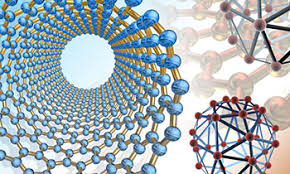Mechanical and Materials Engineering, Department of
Document Type
Article
Date of this Version
2013
Citation
International Journal of Impact Engineering 62 (2013) 152-165; http://dx.doi.org/10.1016/j.ijimpeng.2013.07.001
Abstract
We present experimental and computational results for the impact of a spherical projectile on a thin glass plate with a thin polycarbonate backing plate, restrained in a metal frame, or in the absence of the frame. We analyze the dependence of the damage patterns in the glass plate on the increasing impact velocities, from 61 m/s to 200 m/s. Experimental results are compared with those from peridynamic simulations of a simplified model. The main fracture patterns observed experimentally are captured by the peridynamic model for each of the three projectile velocities tested. More accurate implementation of the actual boundary conditions present in the experiments will likely further improve modeling of brittle damage from impact on a multi-layered system. The peridynamic computational model sheds light into the early stages of the complex brittle damage evolution in the glass layer, and the influence of boundary conditions on the dynamic fracture process.


